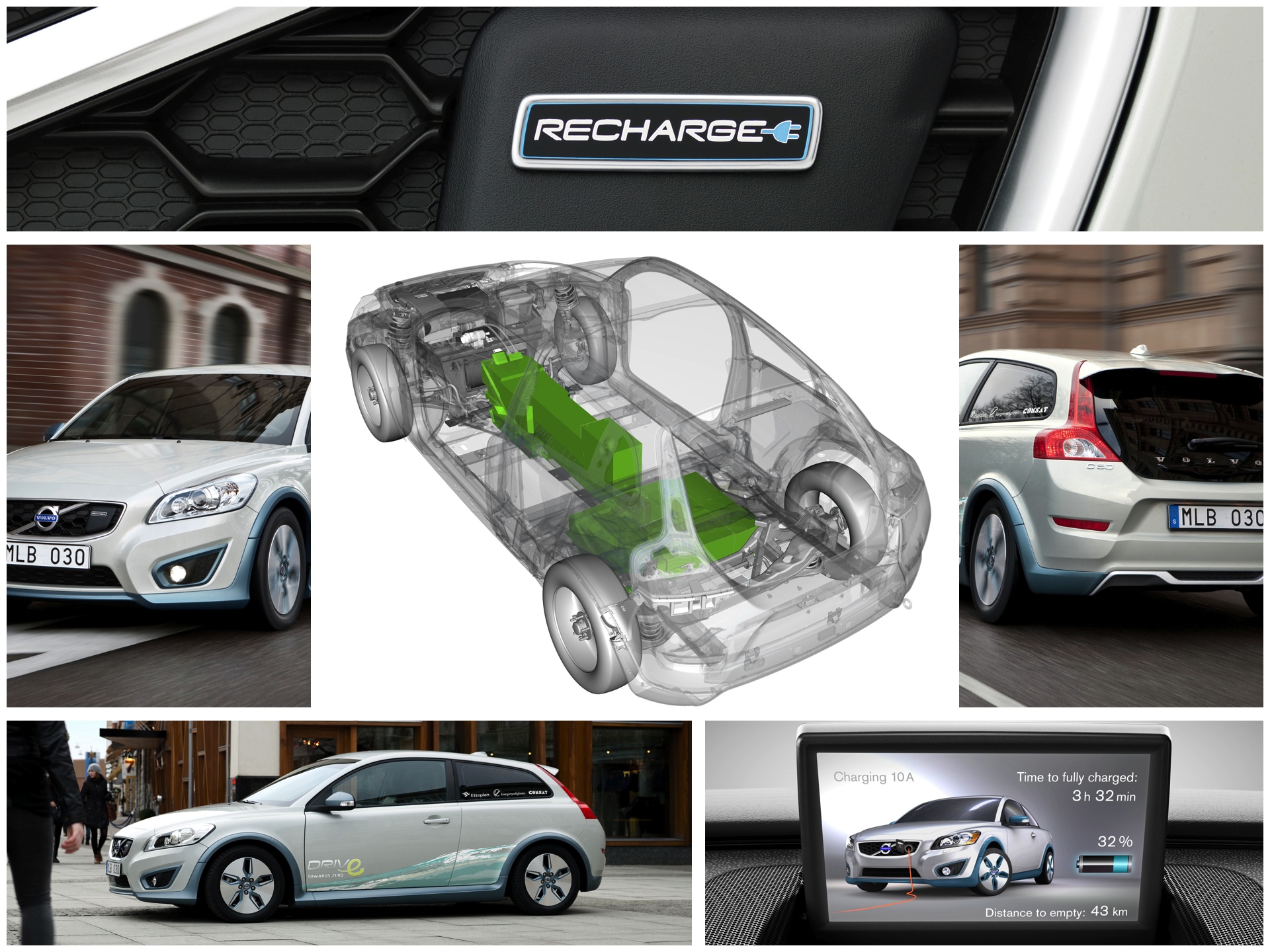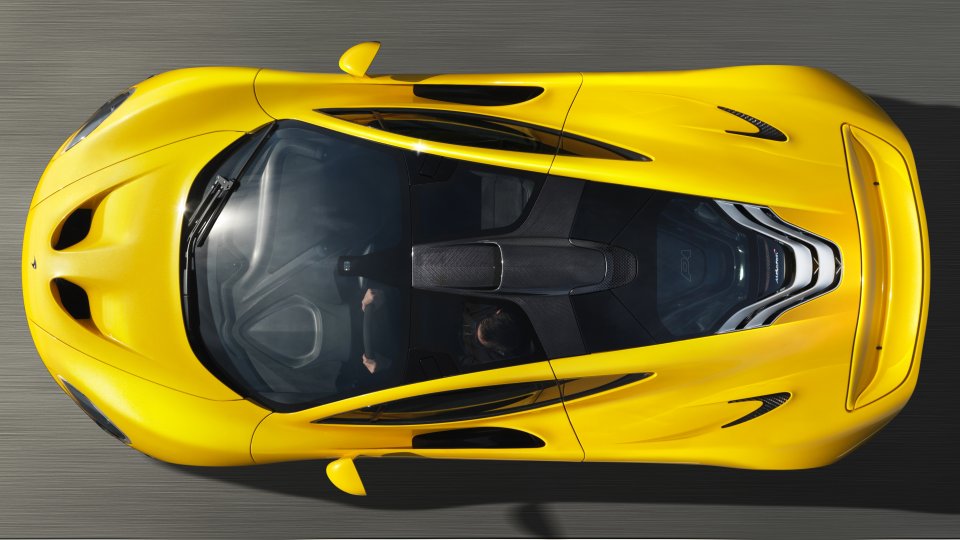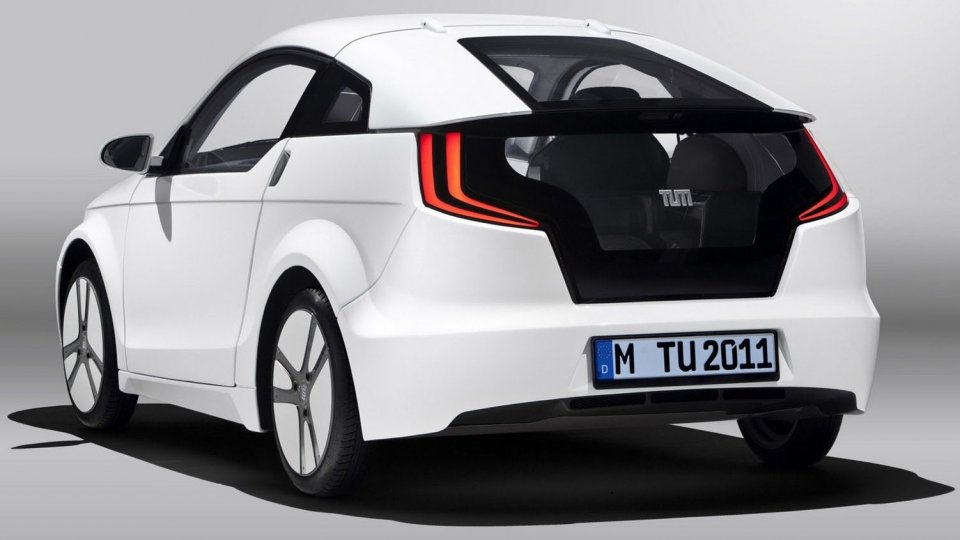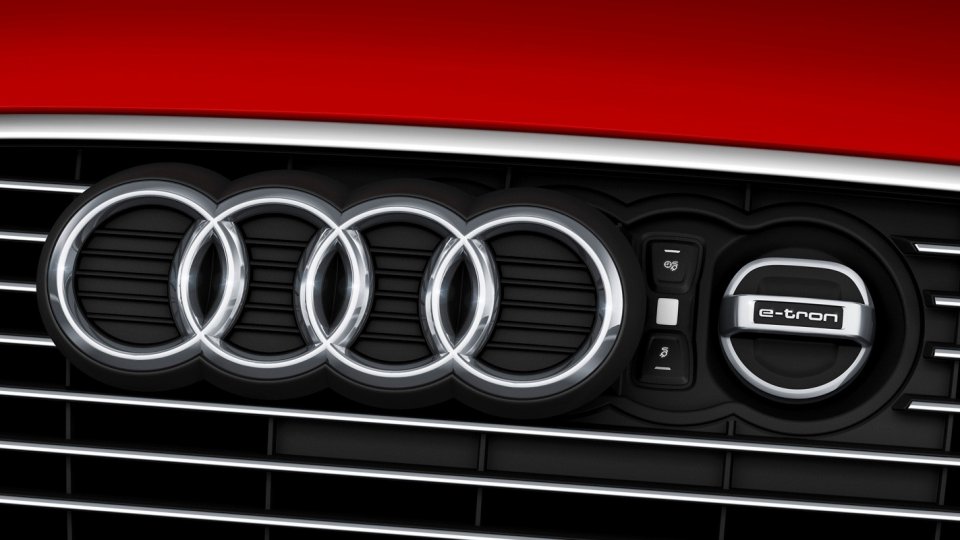As a hybrid also safe
 The Volvo V60 PHEV provides the standard expected from the brand. The hybrid station wagon - chargable from networks - of Volvo gained the maximum result of 5 – stars on the test of EuroNCAP examining the performance of the passanger protection and pedestrian protection of the new cars.
The Volvo V60 PHEV provides the standard expected from the brand. The hybrid station wagon - chargable from networks - of Volvo gained the maximum result of 5 – stars on the test of EuroNCAP examining the performance of the passanger protection and pedestrian protection of the new cars.
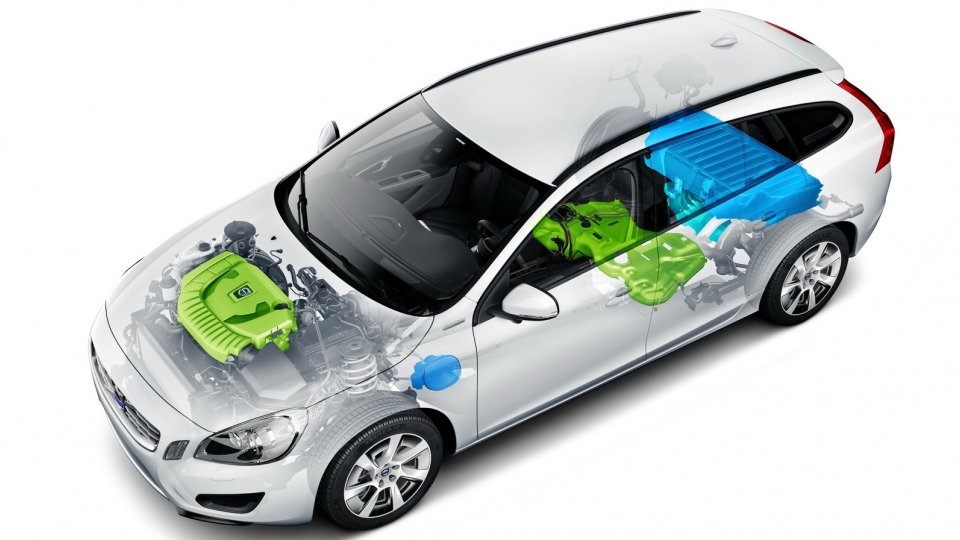
The safety of a car depends on the thought – out team – work of thousands of factors, such as from the programmedly deforming, energy – absorbing parts, through the bonds releasing at the critical point and at the critical time, to the surfaces made of the proper materials. If we build in a new component, or just remove one, we basically change with this the crash safety characteristics of the modell. You shouldn't think on small changes, but rather on main parts: on the cardan shaft and other components of the all – wheel drive, on a V8 engine relieving an inline 4 - stroke one – or by any chance on a hybrid battery package of considerable weight...
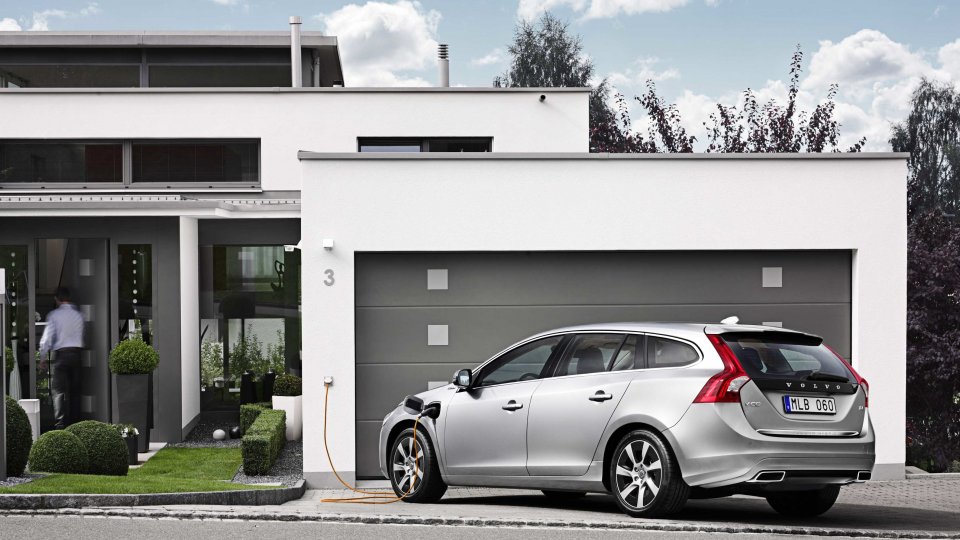
Compared to the conventional modell mounted with the same diesel engine (2,4 litres and 215 HP) the weight in running order of the hybrid version - chargable from networks - of Volvo is by roughly 400 kgs heavier. The difference can be attributed partially to the batteries, but the weight of the automatic shift gear built in instead of the manual one, the cooling circles of the batteries, the electro engine, the cable bunches, the control electronics and further countless other components also contribute to this. Moreover these aren't homogeneous distributed, but concentrated on certain points – e.g. the batteries under the floor of the boot, significantly increasing the load of the rear axle, resp. potentially hindering the deformation of the rear creasable parts.
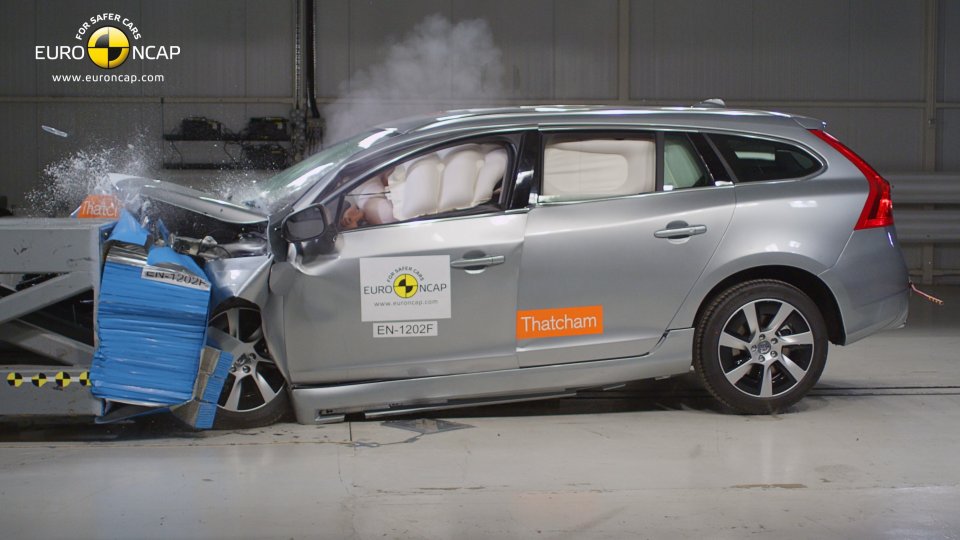
Therefore it's exactly important that the EuroNCAP intentionally examined the crash safety of the hybrid version - chargable from networks - of Volvo V60. The numbers speak for themselves: the performance of the diesel – electric vehicle deviated at most with one percentage each from thats' of the version mounted with a conventional drive train in the certain examination classes (adult protection and child protection, pedestrian protection and driver – assistant systems), i.e. it provides statistically the same (very high) standard.
All these are not pure chances. The Volvo carried out during the designing of the modell thorougly calculated structural modifications in the interest of that aim that inspite of the changed characteristics it can react on the action of forces in a constant way.
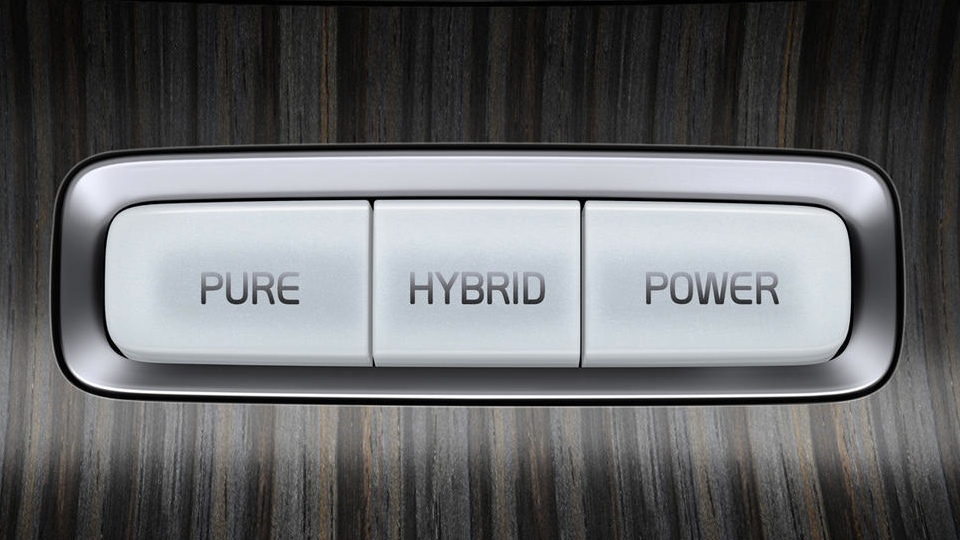
But there is still no end of the challanges. Just not to say anything else, as one of the most important factor of the crash safety can't be found in the nose of the C30 Electric, and that's the internal - combustion engine – and if we are already talking about electric vehicles, it's high time for EuroNCAP to work out the classification system examining the touch safety of the vehicles mounted with high – tension batteries.
